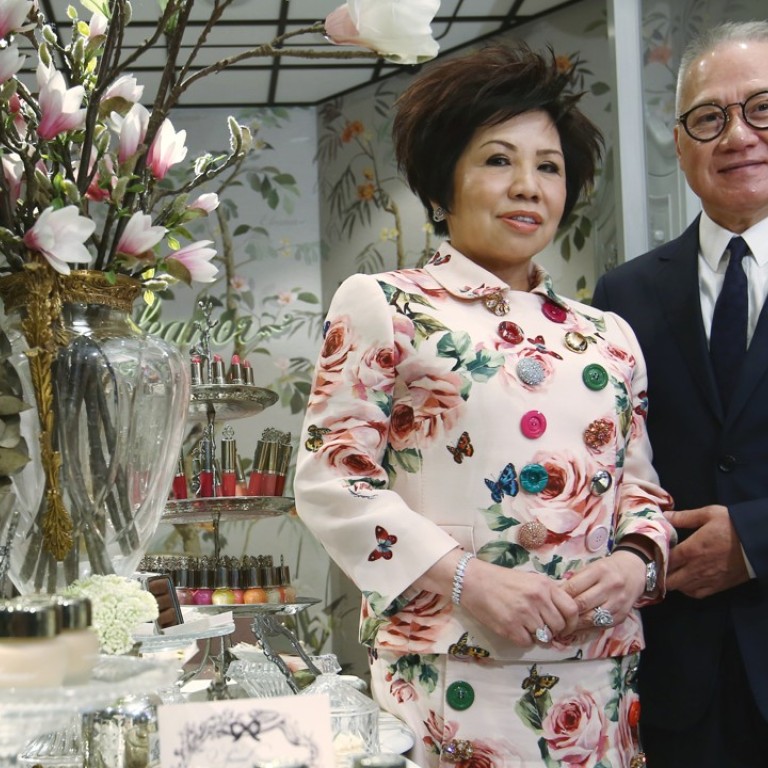
A Hong Kong business success story: how Asia beauty chain Sasa grew from a tiny basement shop to a retail empire
Eleanor Kwok was a saleswoman with no experience running a business, and husband Simon a parking meter repairman, when they bought a 40 sq ft store in 1978; now they run a US$1.9 billion empire and have moved into e-commerce
Smartly dressed and sporting a pair of hip, round lens glasses, Simon Kwok Siu-ming looks younger than his 64 years, but that’s to be expected from the chairman and CEO of Hong Kong’s biggest retailer of cosmetics and skincare products.
Many male users of beauty products may be reluctant to talk about their daily routines, but not Kwok – and as the co-founder of Sa Sa International, he has quite a range to choose from.
Toe-to-toe with Ikea for 32 years and thriving: Hong Kong company Pricerite’s made-for-microflats furniture a local hit
“I use masks [on my face] when I’m watching football. I care about my hair, as hair loss worries men the most. I use quality shampoo, conditioner, and face and body wash, which make me look younger,” says Kwok, who is also a daily user of eyebrow pencils, concealer, sun block and moisturising foundation.
Kwok is not alone. “Thirty per cent of our eyebrow pencils are bought by men,” he says. This growing obsession with appearances and rising affluence mean Sasa’s customer base now includes, well, almost everyone.
“In the past, mothers brought their 17- and 18-year-old daughters to our shops, but only allowed them to buy lipsticks and rouge. Eye shadow and heavy make-up were forbidden. Forty- to 50-year-olds didn’t even use make-up. But now, 11- to 12-year-olds come to buy nail polish themselves, and everyone from teenagers to 70-year-olds is wearing beautiful make-up.”
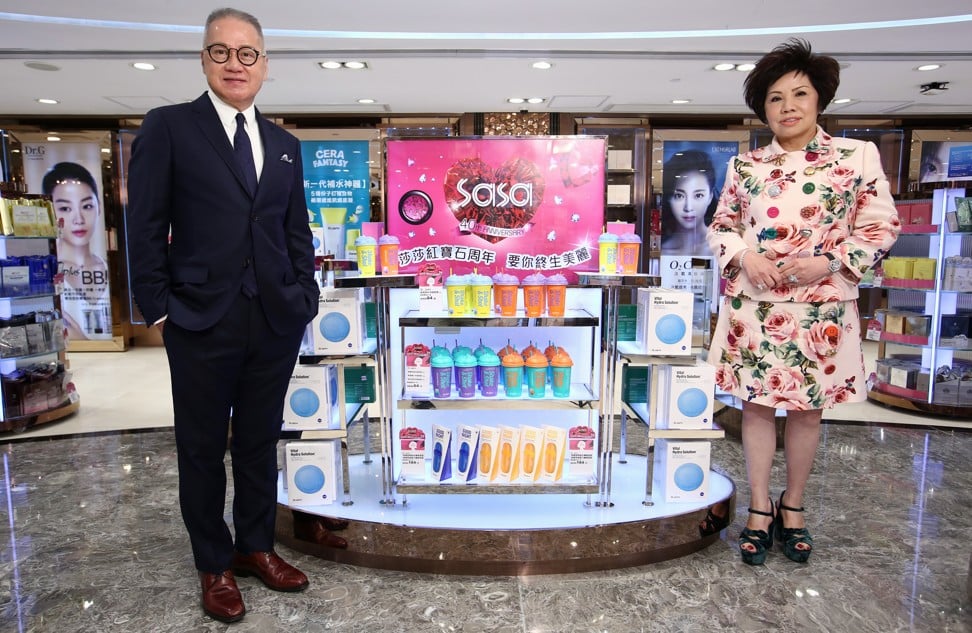
And that is good news for Sa Sa International Holdings, a HK$14.7 billion (US$1.87 billion) cosmetics empire with 270 stores selling more than 17,000 products in Hong Kong, Macau, China, Singapore and Malaysia.
Sasa outlets are a cornucopia of colourful make-up, fragrant perfumes and flashy cosmetics bottles, and the flagship is Sasa Supreme, a snazzy, 20,000 sq ft lifestyle concept store that opened in the prime shopping district of Causeway Bay in 2013.
Thirty per cent of our eyebrow pencils are bought by men
Sasa Supreme’s glitz and glamour is a far cry from the first Sasa store – a 40 sq ft outlet in the basement of a Causeway Bay shopping mall. Kwok’s wife, Eleanor Kwok Law Kwai-chun, was working in the store as a saleswoman for Japan’s Kanebo Cosmetics in 1978 when the couple were offered the business for HK$20,000.
Kwok listened to the advice of his wife, and his devotion to her paid off handsomely.
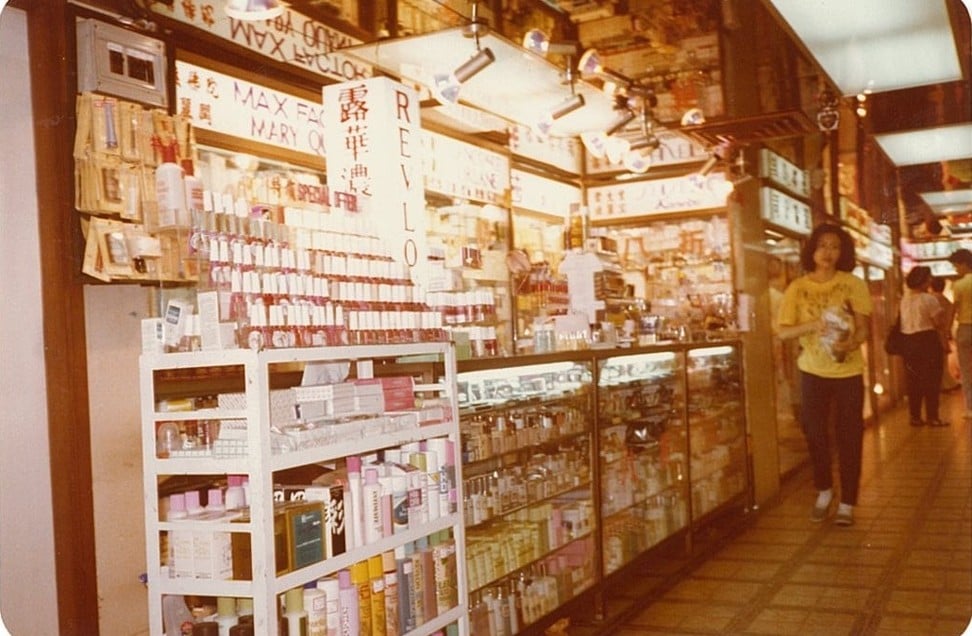
“Our entire story started from her decision to take over this small shop,” he says. “We lived in the same building above the shop. She got financial help from her mother and, without any experience [in running a business], we bought it. Within six years, we had rented all the shops in the basement to sell cosmetics.”
So how did the name Sasa come about? It was what the original business was called.
“We didn’t do much business at the start and we wanted to change the name. But this would have cost HK$1,000, which was a month’s rent at the time, and we couldn’t afford it. But the name turned out to be perfect, as it’s pronounced the same all around the world.
“Whether you speak Russian, French, Italian or any dialect in China, it is always pronounced ‘sasa’.”
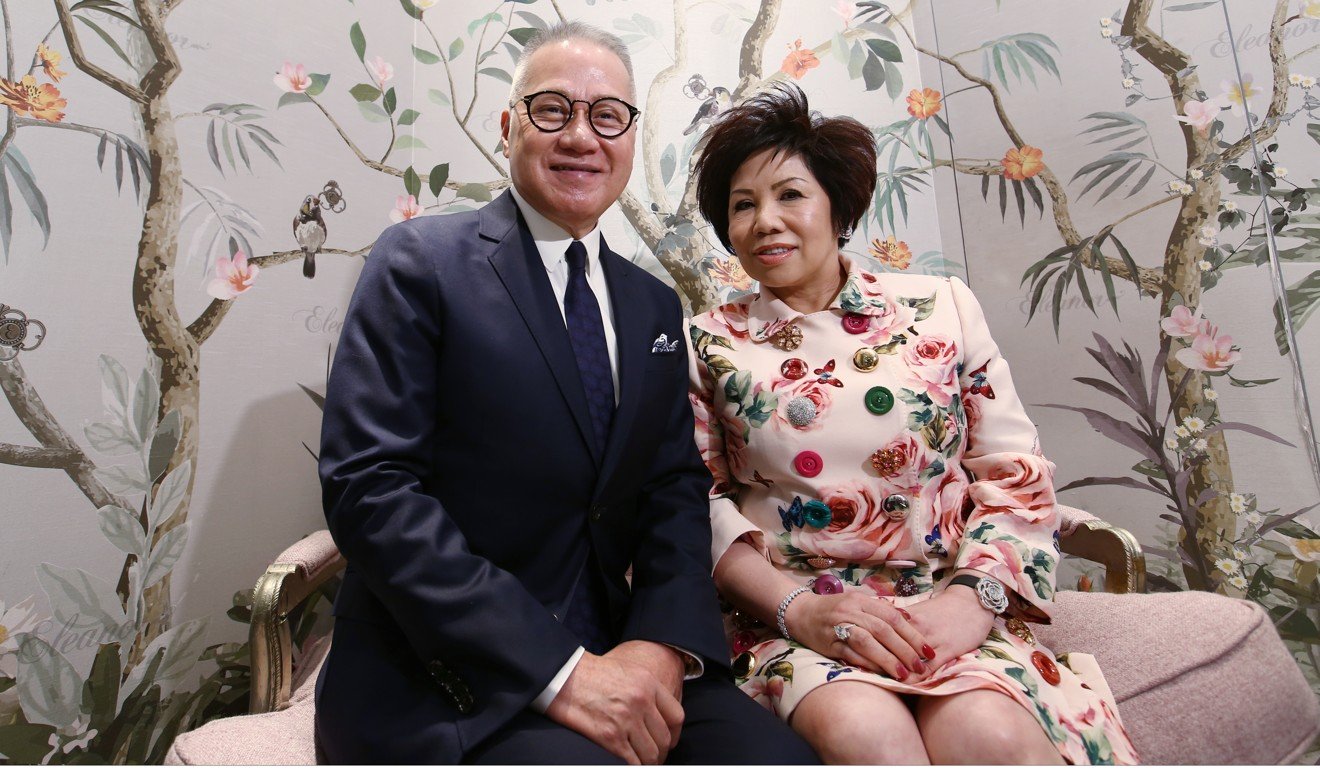
When Japanese cosmetics brands first went on sale in Hong Kong in the 1970s, they were not seen as chic enough to be sold in the city’s big department stores, and this provided the Kwoks with an opportunity.
“Three Japanese brands – Kose, Shiseido and Kanebo – took up half the shelves when my wife worked in the store, so she knew Kanebo products very well. When we took over Sasa, the first brand which supported us was Kanebo, so we devoted half our shelves to their products.”
How China’s iconic White Rabbit sweets went from a Shanghai favourite to being known the world over
At first, Kwok helped his wife run the shop until 10pm before going to his regular overnight job as a parking meter repairman for the government. He would care for their baby girl in their store and listen in as his wife sold beauty products to women.
“I didn’t have the guts to sell cosmetics [in the beginning] … But my wife asked me to help her out when the shop was busy. At first I blushed [when selling perfumes and cosmetics], but discovered that women valued my opinions,” he says.
“If I thought a perfume smelled nice, I realised that their boyfriends would like it as well, so I gained confidence. The opinions the customers gave me during the first few years helped nurture my instincts [for this business] – and money can’t buy this.”
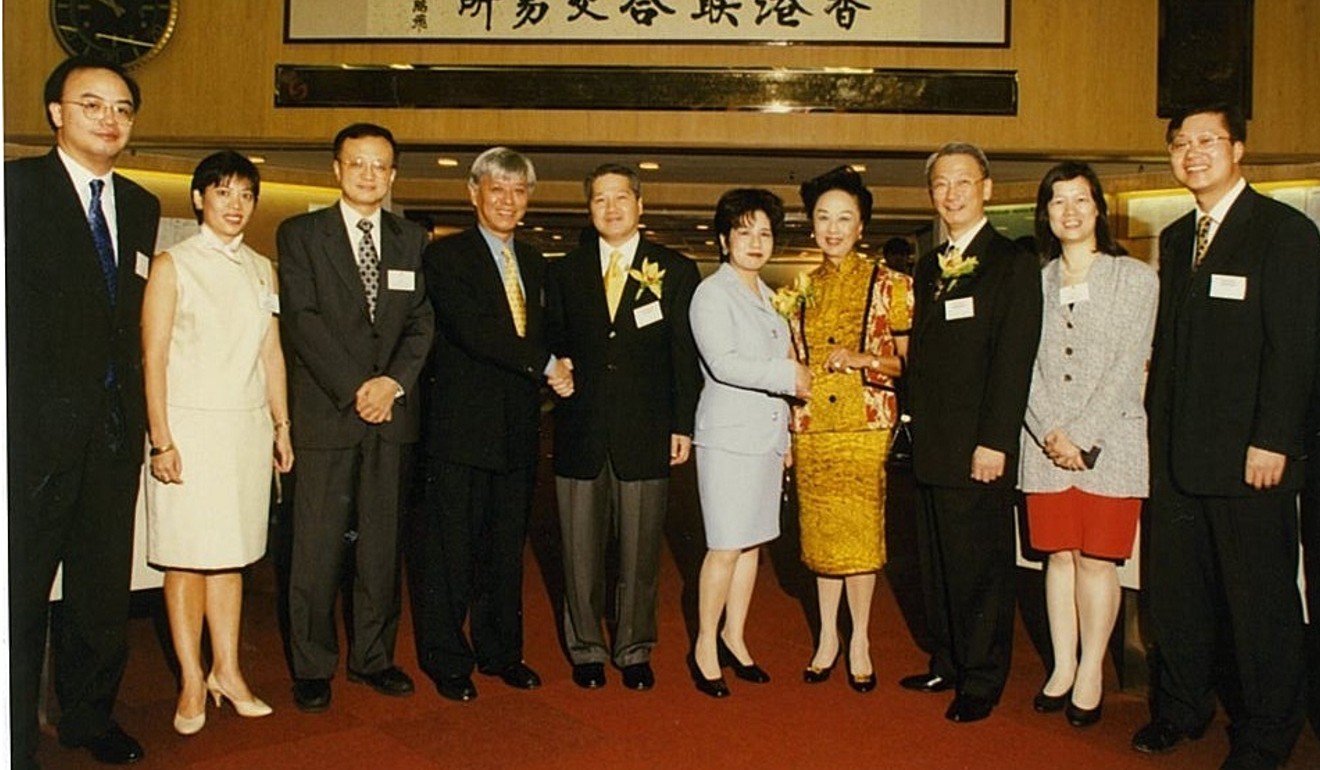
Despite going to bed every night at 3am and only taking a break during the Lunar New Year, Kwok says he was happy working alongside his wife. “I was with her the whole day. We were both workaholics and spent little time with our kids.”
Sasa is now a household name and shorthand throughout Asia for affordable, discounted cosmetics. It’s a magnet for Hong Kong and Chinese women shoppers in particular, and an essential stop on the itinerary of countless tourists. Kwok attributes the public’s affection for their brand to the company’s sharp eye for a trend.
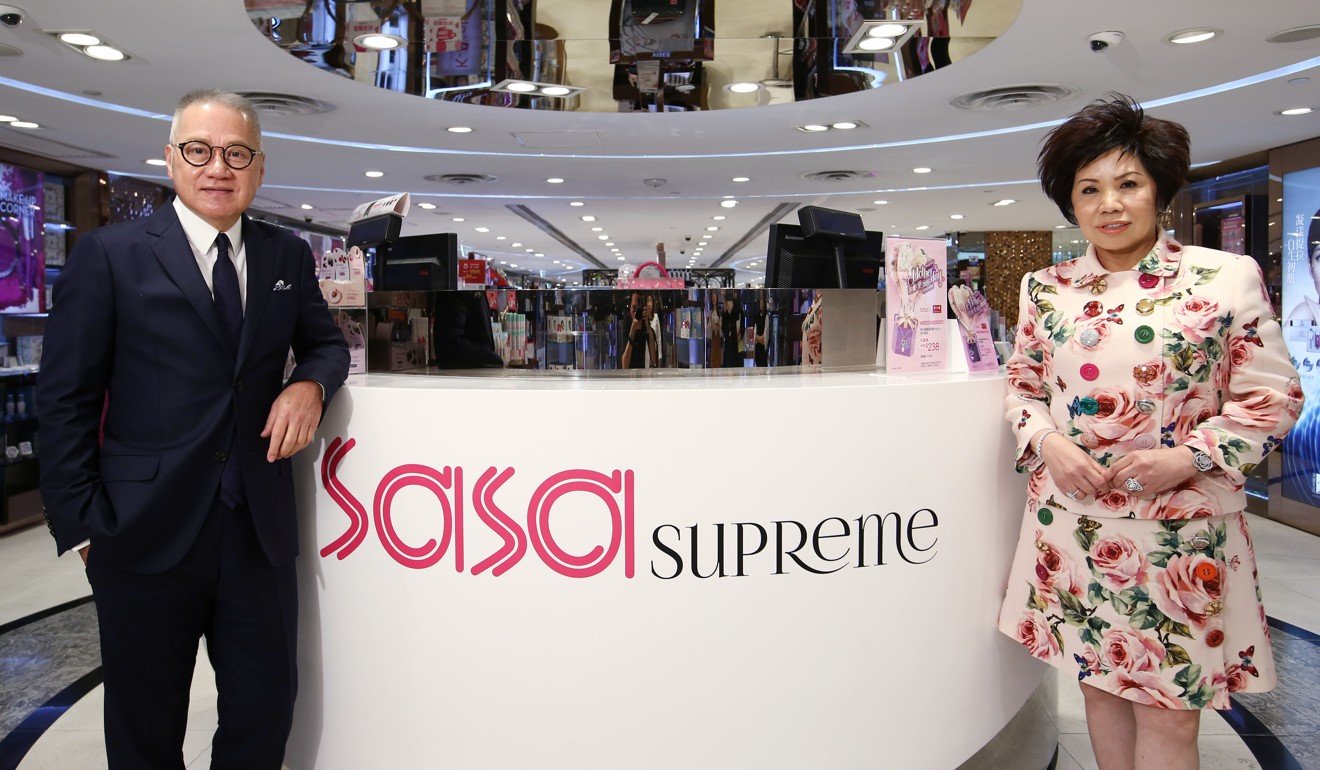
“We were the first to introduce Korean brands. My wife and I started watching Korean soap operas a decade ago. We thought the Korean stars were very beautiful, but Korean brands were not popular then.”
Korean companies now produce some of the world’s most popular cosmetics and, from management and buyers to frontline salespeople, all of Sasa’s 5,000 staff have to keep abreast of the latest Korean make-up trends, identifying the top sellers online and in South Korea’s department stores.

With the tsunami of e-commerce buffeting bricks-and-mortar retailing, Sasa launched Sasa.com in 2000 and has entered into partnerships with online marketplaces such as Alibaba’s Tmall and JD.com.
Although Sasa.com has not yet turned a profit, Kwok says losses were reduced last year on the back of improved logistics operations.
“We have achieved 50 per cent year-on-year savings in logistics costs using big data. We hope [Sasa.com] can break even in two years.”
The Tiger Balm story: how ointment for every ailment was created, fell out of favour, then found new generation of users
With visitors from China accounting for 70 per cent of Sasa’s sales in Hong Kong and Macau, the chain’s fortunes are closely tied to the Chinese government’s tourism policies. The company saw a boom in sales after it introduced the Individual Visit Scheme in 2003, under which travellers from China were, for the first time, allowed to visit Hong Kong and Macau as individuals rather than members of tour groups. This brought an influx of visitors from China to the two special administrative regions.
Chinese travellers spend an average of HK$700 per store visit, and their spending meant Sasa outlets mushroomed in Hong Kong – its pink and white storefronts dot streets in busy shopping districts like convenience stores.
The flood of visitors receded in 2015 when it was announced that permanent residents of Shenzhen, the Chinese city bordering Hong Kong, would only be allowed one trip to Hong Kong per week. This led to what Kwok refers to as a “retail slump”.

However, Kwok sees bright prospects for Hong Kong’s retail sales due to the imminent opening of a cross-border high-speed rail line and the Hong Kong-Zhuhai-Macau bridge – which will make travel from the western Pearl River Delta to Hong Kong much quicker – and the development of the Greater Bay Area, a Chinese government scheme to link Hong Kong, Macau, and nine cities in Guangdong province in an integrated business hub.
We wanted to change the name. But this would have cost HK$1,000, which was a month’s rent at the time, and we couldn’t afford it. But the name turned out to be perfect
Kwok says that, while the number of visitors from China to Hong Kong has risen in the past few months, as people in China become more affluent they have more travel choices and, during China’s “golden week” national holidays, are more likely to “head to Thailand, Bali and Europe instead” of Hong Kong or Macau.
However, he believes day trippers, attracted by the improved cross-border transport infrastructure, will boost Hong Kong’s retail industry.
This is far from the first time Kwok and his wife have faced turbulence. Their first big setback came in 1989 when they lost the original Sasa basement store in Causeway Bay.

“Our landlord increased the rent from HK$8,500 to HK$45,000. We were earning enough to cover this, but the landlord then rented the store to a business rival. This was around the same time as [the] June 4 [Tiananmen Square crackdown].”
Dejected, he decided to take a break in Canada, but quickly became bored, and after only three days flew back to Hong Kong to continue the cosmetics business. Then came the true turning point in the Sasa story – Kwok made the risky decision to rent their first street-level shop for HK$120,000 a month.

“It was a big bet, as the rent was so much higher. We moved into the new place six months before the lease expired on the Causeway Bay shop because we didn’t want to lose our customers to the new tenant. We closed that shop, switched off all the lights, put up relocation notices and stationed part-time staff there to escort customers to the new premises.”
Business boomed and a stream of street-level Sasa outlets soon followed.
With global retailers salivating over China, Kwok sees Sasa’s next challenge as conquering the vast Chinese market.
Homegrown Hong Kong: the wholesome story of Vitasoy
“We have to combine retail with e-commerce and make good use of technology. Even if Chinese customers don’t come to Hong Kong, we can contact them through WeChat and mail the goods to them. We are doing that now. It’s not very successful [yet], but this is certainly the way to do business in the future.”

